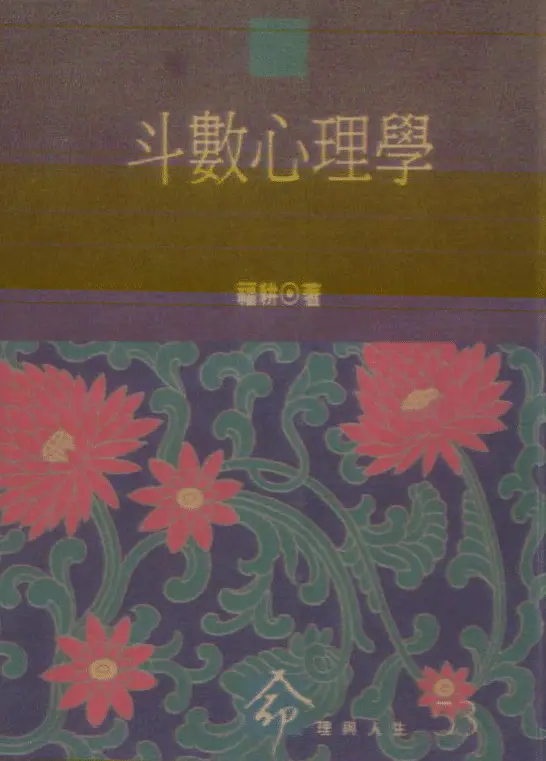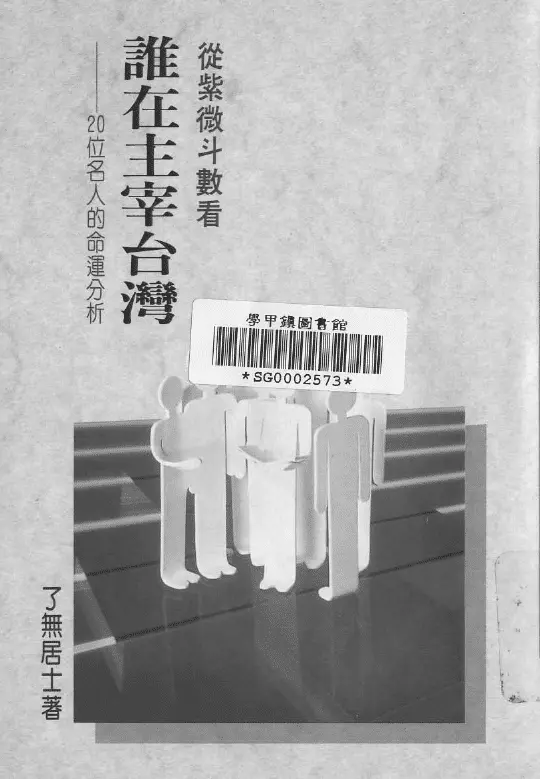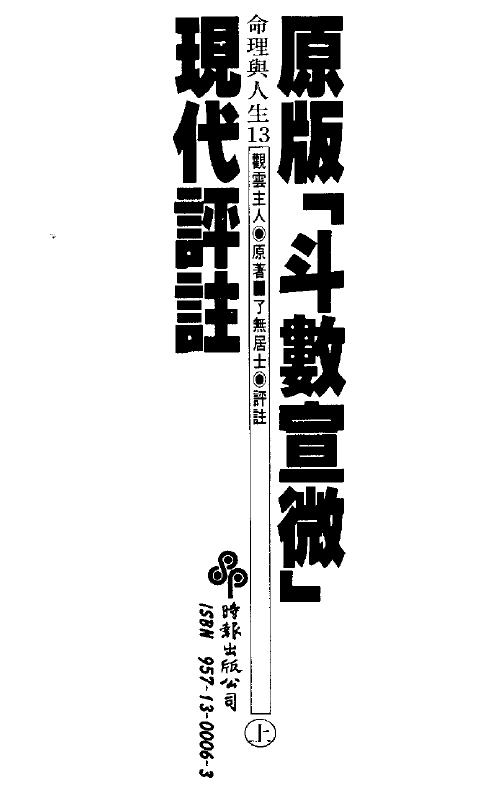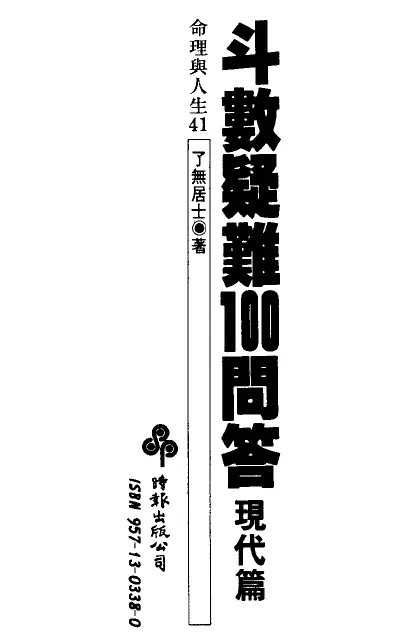Systematic Understanding and Theoretical Summary of the Luck Theory in the Ancient Book Transcript “Lucky Yilan”
[Ming Dynasty] Systematic Understanding and Theoretical Summary of Luck Theory “Luck Easy View” (full version) PDF copy of ancient books e-book download. (For content clarity, please refer to the screenshot below.) The introduction was written in the seventh year of Jiajing in Ming Dynasty. “Yi Lan” is the systematic understanding and theory of luck theory by Wang Ji, a physician in Xin’an in Ming Dynasty.
[Ming Dynasty] Systematic Understanding and Theoretical Summary of Luck Theory “Luck Easy View” (full version) PDF copy of ancient books e-book download. (Content clarity, please refer to the screenshot below)
Introduction
It was written in the seventh year of Jiajing in Ming Dynasty. The book is divided into upper, middle and lower parts Volume, a concentrated reflection of Wang Ji’s concept of luck. “Luck Yilan” is the systematic understanding and theoretical summary of the theory of luck by Wang Ji, a Xin’an physician in the Ming Dynasty. The author applies the theory of luck to clinical practice, which has set a good example for later generations of physicians to use the five movements and six qi.
In “Easy View of Luck”, Wang Ji made an in-depth elaboration on important issues such as the 60-year transfer time, month construction, five-tone construction movement, and North-South politics in luck, emphasizing research with clinical application examples Luck should be combined with clinical practice, and clarified that the correct attitude should be held in the study of luck, saying: “How can a book of luck be glued to its law without seeking its legacy, just like winter has untimely warmth, and summer has It is not the coldness of the time, and the unhealthy qi of the four seasons can also make the sick. Besides, the weather is different within a hundred miles. How can the coldness and warmth of the country of thousands of miles be different? It is all proportional to luck. It must be random and change. The ancients did not express their intentions, but they can make the best of what they don’t say.” He pointed out that the study of luck is not limited to the changes in one year, but also in millions of years. Later, the Da Sitian theory was put forward, which laid a solid foundation. The so-called “Yuan Hui Shi Yun” means that thirty years are one life, twelve generations are one life, thirty years are one meeting, and twelve meetings are one yuan.
Wang Ji (1463-1539), the founder of Xin’an Medicine, was born in Pushu, Qimen County, Anhui Province. His family has practiced medicine for generations, and his grandfather Wang Lun and father Wang Wei are famous doctors. When Wang Ji was young, he studied classics and history diligently. Later, because his mother was ill for a long time, his father’s various medical treatments were ineffective, so he abandoned the desire for fame in the imperial examination and studied medicine with his father. He worked hard to study the medical classics of various schools, learned from the strengths of each school, mastered them well, and became more and more skilled in medicine, and soon became better than blue. Not only cured the mother’s headache and vomiting, but also “practiced medicine for decades, and tens of thousands of people lived”, and wrote more than ten medical books. “Ming History Li Shizhen Biography” said: Keda and Changshu Miao Xiyong are both skilled in medicine”, and they were the four famous medical masters in the whole country at that time.
Some screenshots
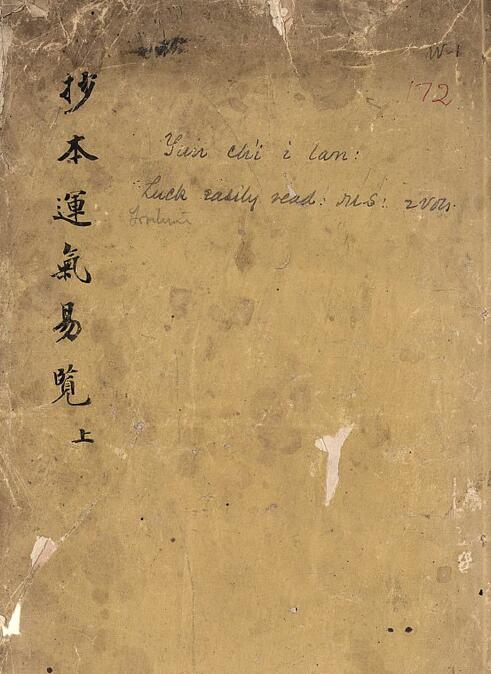

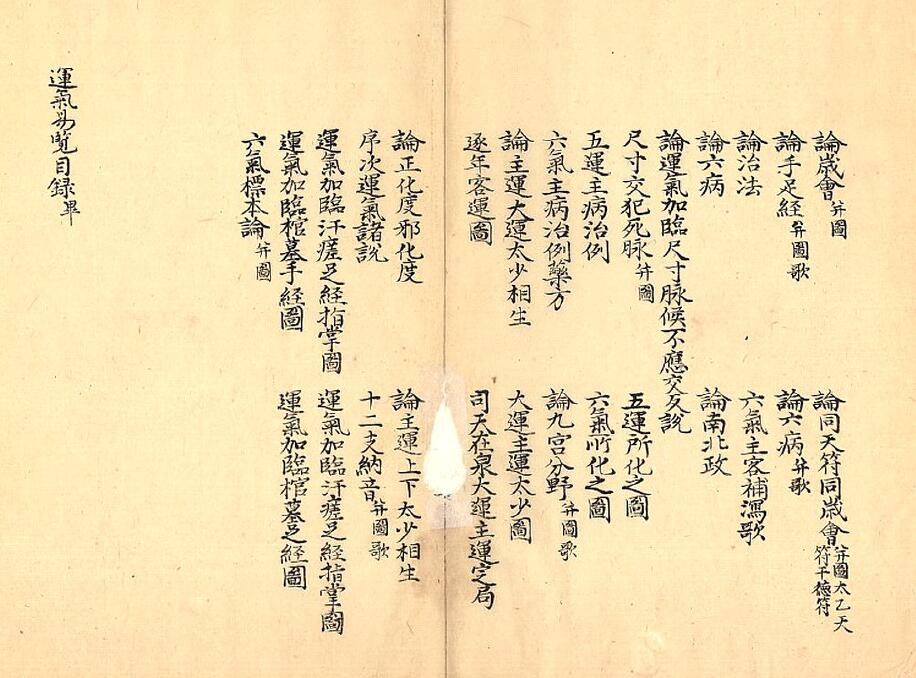
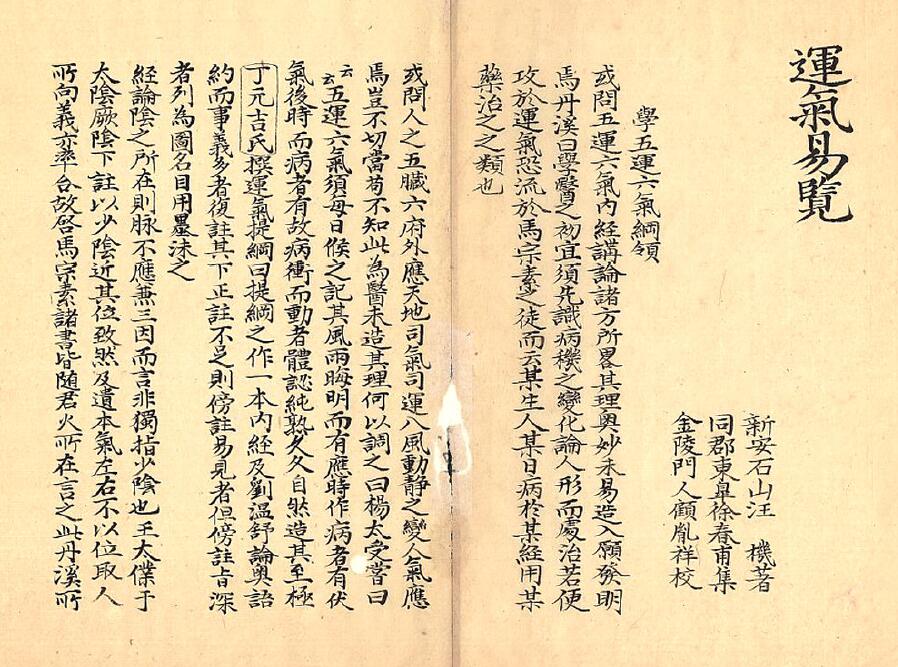
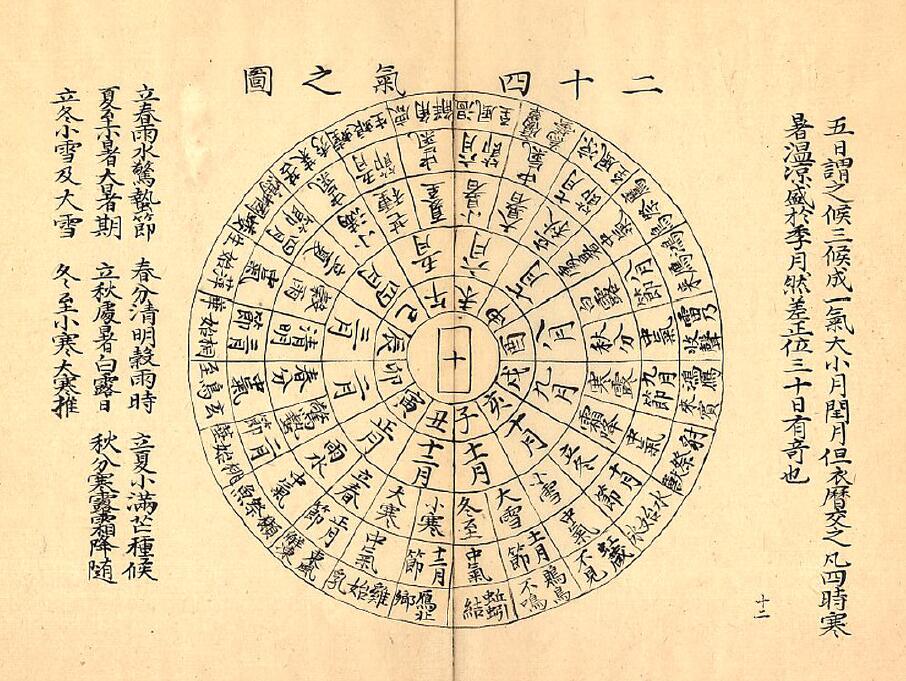
BOOK INFO:
- Publication Date: 未知
- Language: 中文
- Identifier: 内部视频
- Total Pages: 1
- File Type: PDF
Download Link:
Payment Method:
1、Open Tittle
2、Click to Pay New
3、Click on the material you want to buy
4、Click on "Payment Methods"
5、Click on the material you want to buy
6、Choose from one of your existing payment methods or add a new one
7、Complete purchase
NOTE: If you add a payment method when making a purchase, it will be saved in your account.



